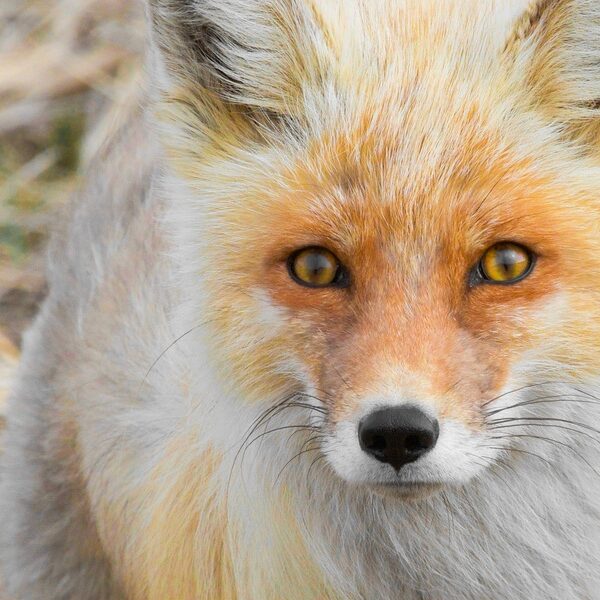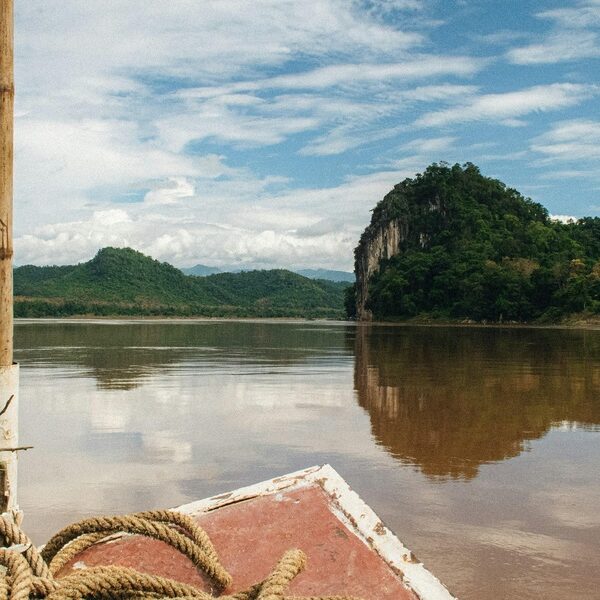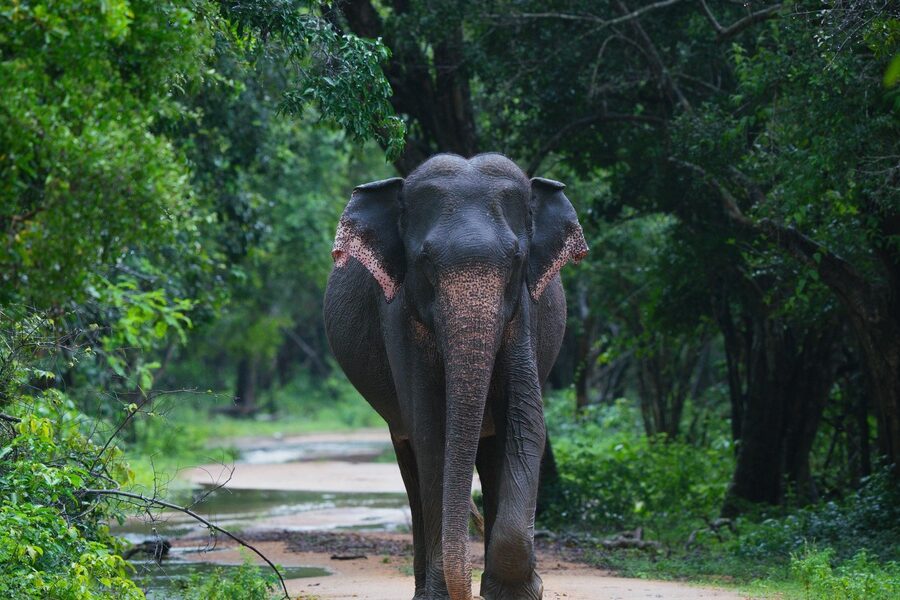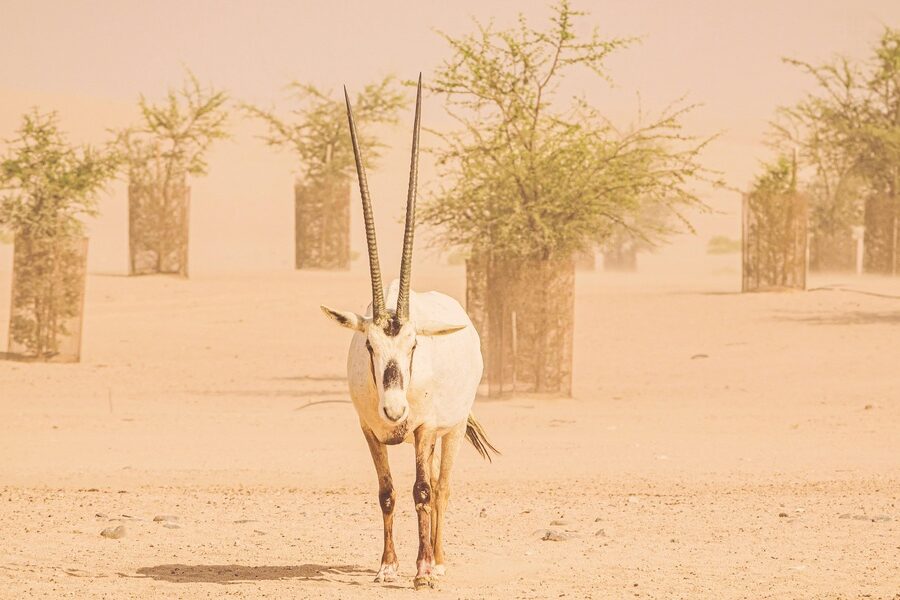Syria’s varied landscapes—from Mediterranean coastline and fertile plains to high mountains and dry desert—still host wildlife that many people don’t expect to find there. Years of habitat change and limited survey work mean some species are increasingly uncommon, making clear, accessible lists useful for researchers and nature lovers alike.
There are 16 Rare Animals in Syria, ranging from Dorcas gazelle to Wild goat (Bezoar). For each entry you’ll find below Scientific name,IUCN status,Main habitat & Syria range, summarizing taxonomy, conservation status and where each species occurs in Syria — you’ll find below.
How current and reliable are the conservation statuses listed here?
Most statuses rely on IUCN assessments and recent regional surveys, but data quality varies by species; conflict and limited fieldwork have left gaps, so treat national-range notes as best-available summaries and check original IUCN entries or recent studies for updates.
What practical steps can local communities or visitors take to help these species?
Support or report to local conservation groups, avoid disturbing habitats (especially during breeding seasons), participate in citizen-science sightings if available, and promote habitat protection and sustainable land use to reduce pressures on rare populations.
Rare Animals in Syria
| Name | Scientific name | IUCN status | Main habitat & Syria range |
|---|---|---|---|
| Leopard | Panthera pardus | Vulnerable | Mountain forests and foothills; historically western Syria |
| Mediterranean monk seal | Monachus monachus | Endangered | Rocky Mediterranean coast; historically along Syrian shoreline |
| Northern bald ibis | Geronticus eremita | Critically Endangered | Semi-desert cliffs; historic breeding at Palmyra area |
| Saker falcon | Falco cherrug | Endangered | Open steppe, semi-desert and agricultural landscapes; migratory routes through Syria |
| MacQueen’s bustard | Chlamydotis macqueenii | Vulnerable | Desert and semi-desert plains in eastern Syria |
| Egyptian vulture | Neophron percnopterus | Endangered | Cliffs, steppe and farmland; migratory passages through Syria |
| Marbled duck | Marmaronetta angustirostris | Vulnerable | Freshwater wetlands, marshes and reservoirs (Euphrates basin) |
| White-headed duck | Oxyura leucocephala | Endangered | Freshwater lakes and marshes, historically Euphrates wetlands |
| Wild goat (Bezoar) | Capra aegagrus | Vulnerable | Rocky mountain cliffs (Anti-Lebanon, Jabal al-Druze) |
| Onager (Asiatic wild ass) | Equus hemionus | Endangered | Desert and steppe plains; historically Syrian steppe (now extirpated) |
| Syrian serin | Serinus syriacus | Near Threatened | Pine and oak mountain slopes in western Syria (localized) |
| Striped hyena | Hyaena hyaena | Near Threatened | Semi-desert, scrub and open country; scattered and rare across Syria |
| Euphrates softshell turtle | Rafetus euphraticus | Endangered | Large rivers and reservoirs (Euphrates-Tigris basin) in eastern Syria |
| European turtle dove | Streptopelia turtur | Vulnerable | Farmland, hedgerows and woodlands; migratory breeder/stopover in Syria |
| Eurasian otter | Lutra lutra | Near Threatened | Rivers, wetlands and marshes (Euphrates tributaries); very scarce |
| Dorcas gazelle | Gazella dorcas | Vulnerable | Desert and semi-desert plains; historically widespread, now fragmented |
Images and Descriptions
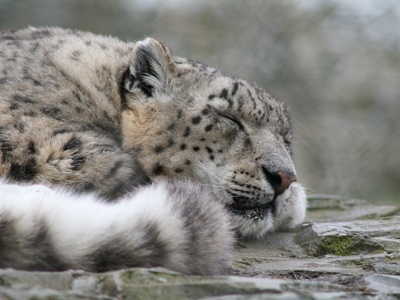
Leopard
Once widespread, leopards are now extremely rare or locally extirpated in Syria due to hunting, habitat loss and prey decline. Remaining records are scarce; conservation hinges on anti-poaching, habitat protection and cross-border monitoring.
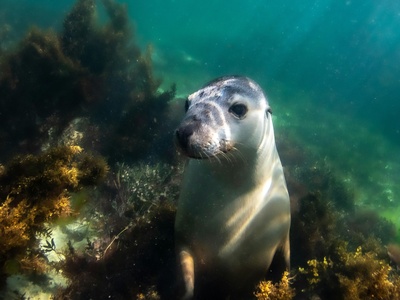
Mediterranean monk seal
Historically recorded on the Syrian coast, this seal is now likely extirpated locally. Small global populations face disturbance, fishing entanglement and coastal development; recovery needs protected coastal refuges and regional monitoring.

Northern bald ibis
Once nesting near Palmyra, the species is now absent from Syria. Persecution, habitat change and disturbance decimated the tiny population. Recovery would require habitat protection, reintroductions and strict site security.
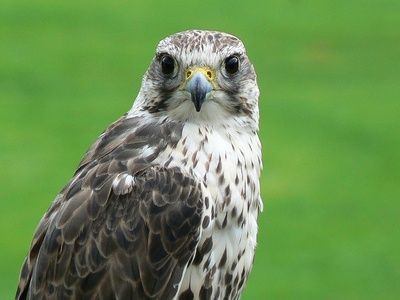
Saker falcon
Saker falcons are regionally scarce, threatened by illegal capture for falconry, electrocution and prey declines. Conservation focuses on trade controls, nest protection and safe powerline practices.
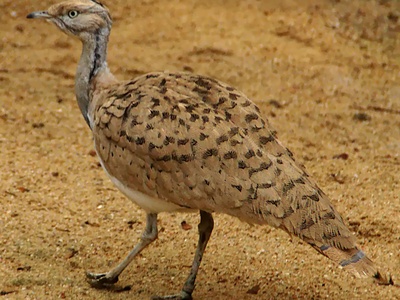
MacQueen’s bustard
This desert-dwelling bustard declined from hunting and habitat degradation. Small scattered populations were once present in Syria; conservation needs hunting bans, protected steppe areas and monitoring of remaining desert strongholds.
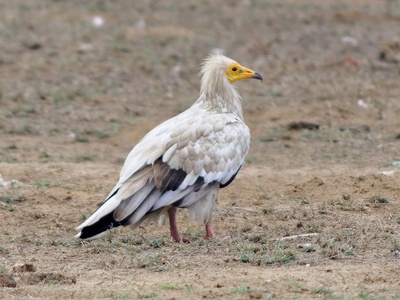
Egyptian vulture
Egyptian vultures have fallen steeply from poisoning, persecution and collisions with infrastructure. Syria remains an important stopover; protecting carcass sites, banning poisons and safeguarding nesting cliffs are key.
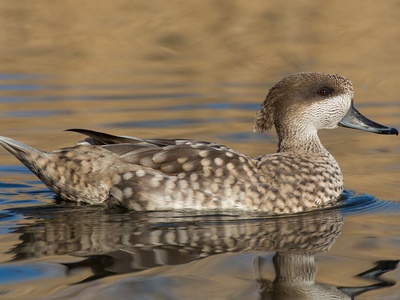
Marbled duck
This small duck is rare in Syria because wetlands have been drained, polluted and over-hunted. Conservation requires wetland restoration, sustainable water management and protection of key breeding/stopover sites.
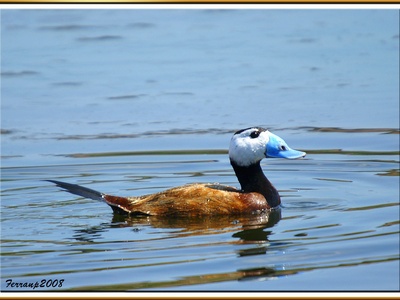
White-headed duck
Historically present but greatly reduced by wetland loss, hunting and hybridization with introduced ducks. Recovery depends on protected wetlands, captive-breeding programs and controlling hybrids.

Wild goat (Bezoar)
Bezoar ibex survive in small, fragmented mountain populations threatened by hunting, habitat loss and hybridization with domestic goats. Protected areas, anti-poaching patrols and population monitoring are vital for survival.
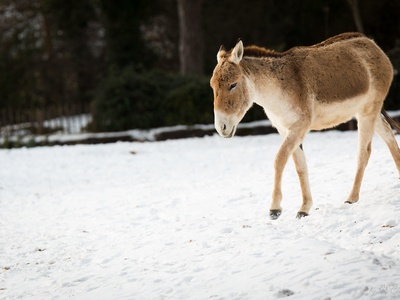
Onager (Asiatic wild ass)
Once roaming Syrian deserts, onagers are now locally extirpated due to hunting and habitat conversion. Regional reintroductions and large protected steppe reserves would be needed to restore populations.
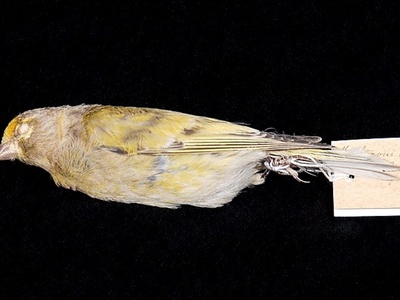
Syrian serin
A small-range finch mostly restricted to western mountains, the Syrian serin is vulnerable to habitat loss and trapping. Local protection of breeding woodlands and monitoring help conserve this localized species.
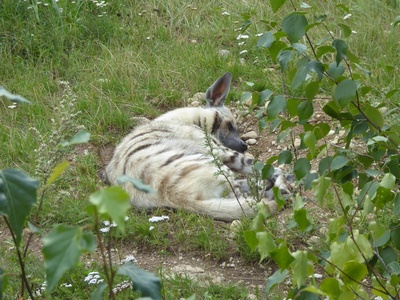
Striped hyena
The striped hyena is persecuted and vulnerable to habitat fragmentation and declining prey. Small, fragmented populations need anti-poaching measures, conflict mitigation and protected refuges.
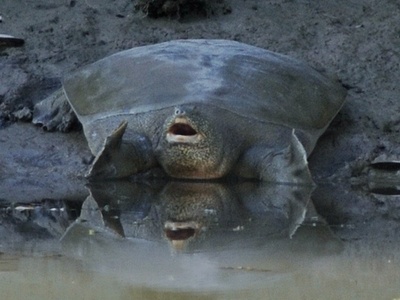
Euphrates softshell turtle
This large river turtle is endangered from river regulation, habitat loss and bycatch. Remaining Syrian populations are tiny; conservation requires river habitat protection and measures to reduce fisheries impacts.
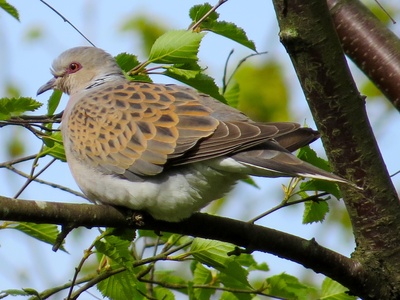
European turtle dove
This familiar dove has plunged from hunting and agricultural change. In Syria it’s now a scarce migrant and breeder; hunting regulation, habitat-friendly farming and protected stopover sites are needed.
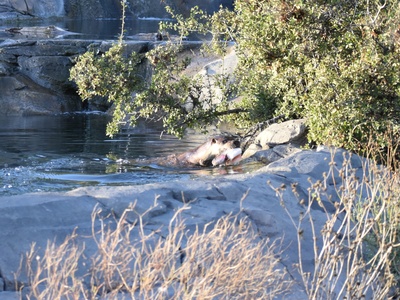
Eurasian otter
Otters in Syria are rare due to water pollution, wetland loss and trapping. Protecting river corridors, reducing pollution and securing riparian habitats are core conservation actions.
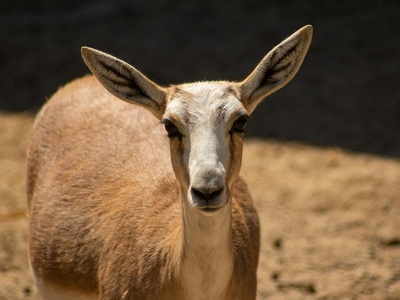
Dorcas gazelle
The dorcas gazelle declined from overhunting, habitat fragmentation and competition with livestock. Surviving Syrian populations are small; measures include protected desert reserves, anti-poaching and population monitoring.

